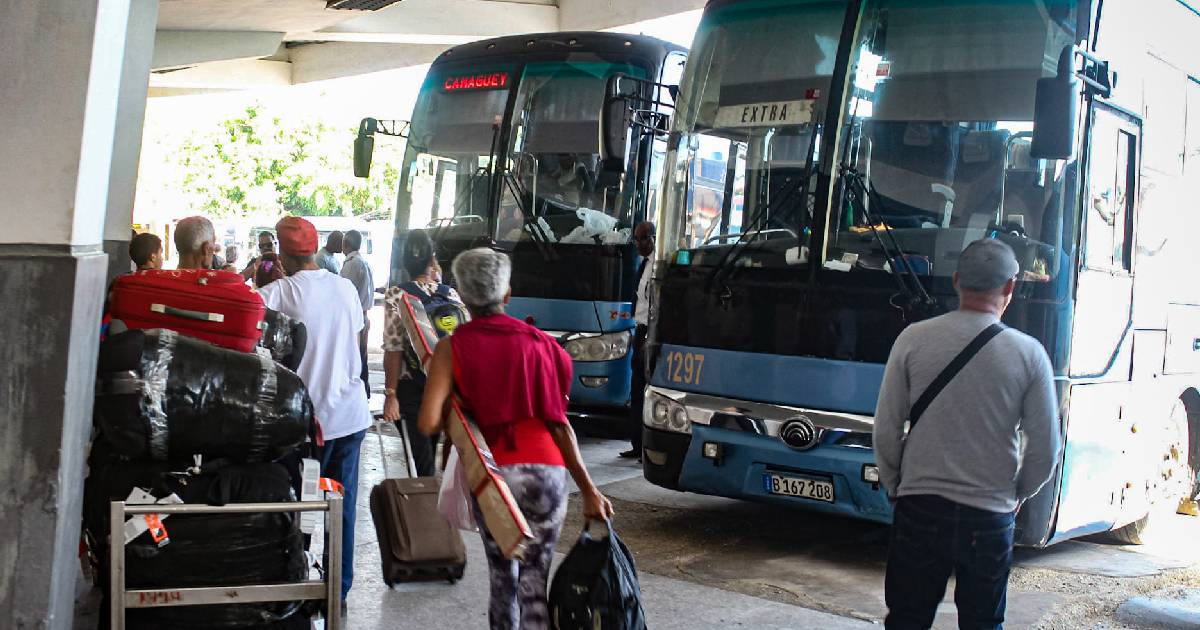This Saturday, Cuba's Minister of Transportation, Eduardo Rodríguez Dávila, declared that passenger transport across the island’s provinces is being gradually restored after Hurricane Rafael wreaked havoc on western Cuba. This move is part of the transition into the recovery phase announced last Thursday, allowing land and rail transport services to resume, according to the official.
Rodríguez shared on Facebook that the National Bus Company has reinstated its interprovincial routes, enabling connections between Havana and other provinces, with the exception of Baracoa and Maisí. These areas continue to face challenging road conditions due to the devastation left by Hurricane Oscar in eastern Cuba three weeks ago.
The minister also specified that national train services have resumed operations, and public transportation in the capital is gradually returning to normalcy, despite some blocked road sections. In the maritime sector, port activities in Havana have also recommenced. Measures were taken to safeguard food supplies and other cargo stored at the port during the storm.
Restoration Efforts in Maritime Navigation
The company Geocuba is actively working to restore navigational signals in affected areas, such as the Surgidero de Batabanó, which is crucial for reestablishing maritime connections between Batabanó and the Isle of Youth. The minister noted that this Sunday, the ferry Perseverancia will arrive in Batabanó, having remained undamaged after seeking shelter in the Siguanea inlet during the hurricane.
Last Monday, the regime halted all passenger transportation across the country in response to the deteriorating weather conditions brought by Hurricane Rafael, which struck western Cuba on Wednesday. The Cuban Aviation Corporation had also suspended operations at several airports, including Gerona, Cayo Largo del Sur, Havana, and Varadero. Flight services have now begun to gradually resume.
